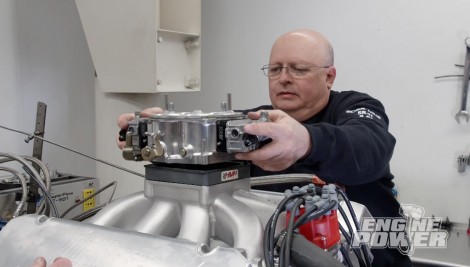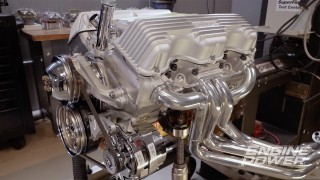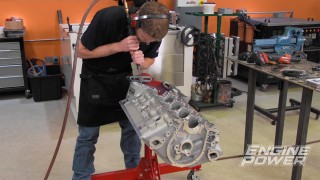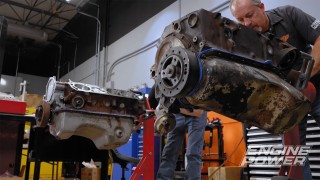
Building a 1100+ Horsepower Jon Kaase Big Block Ford
Step inside World-class engine builder Jon Kaase’s shop. What’s the secret to building a 1100+ horsepower bullet, in your own garage?
Season 6
Episode 5
Hosts: Mike Galley, Pat Topolinski
First Air Date: February 24, 2019
Duration: 20 minutes 23 seconds









































